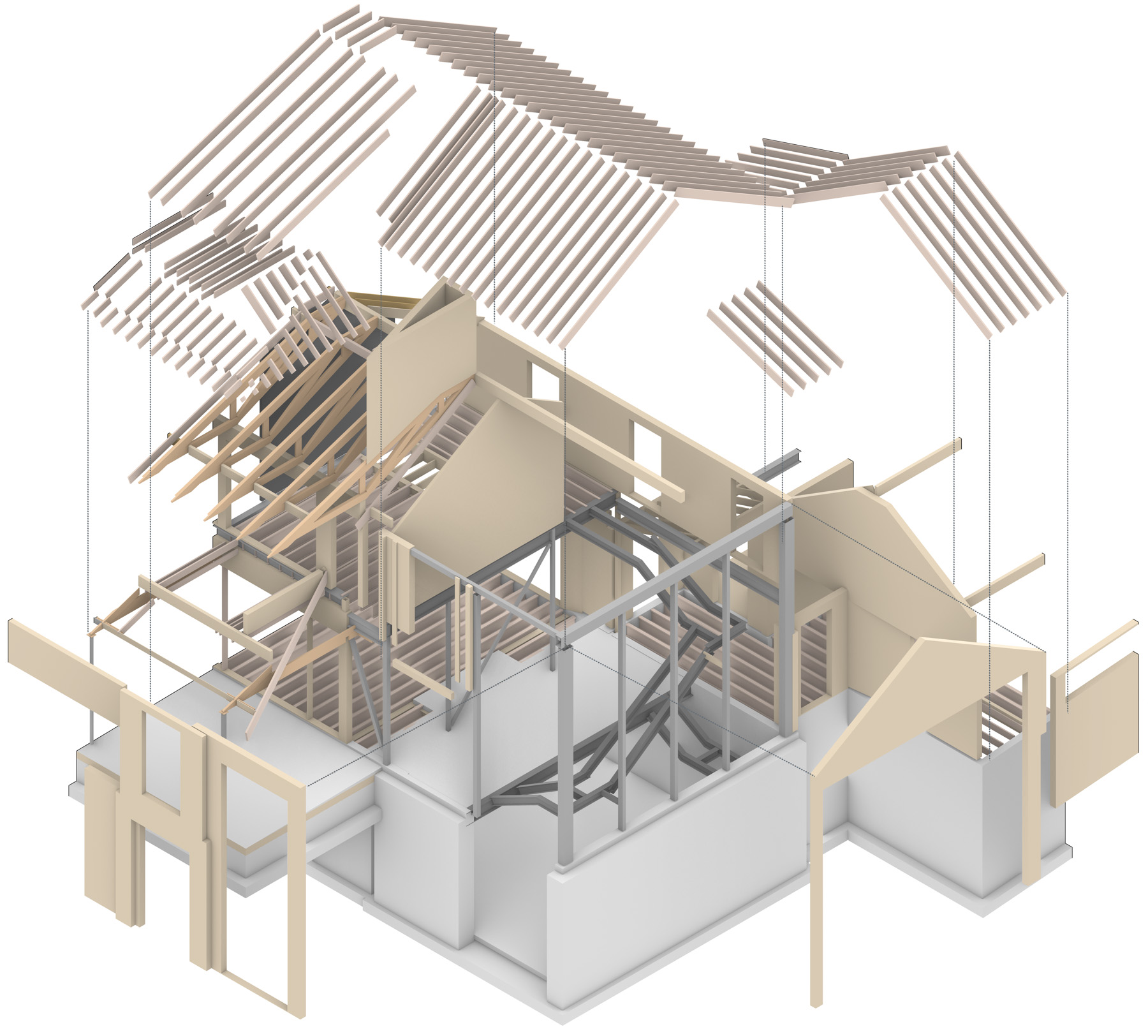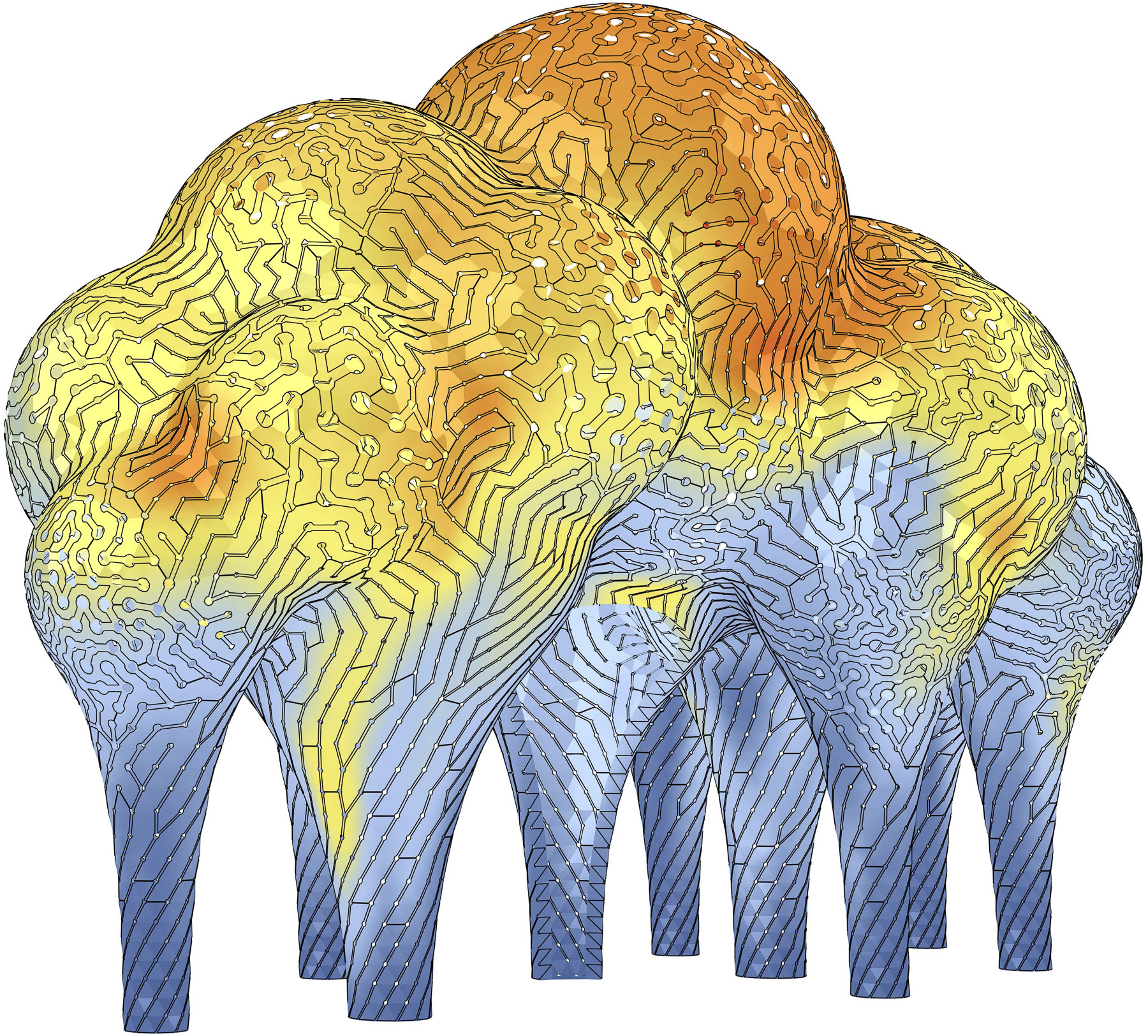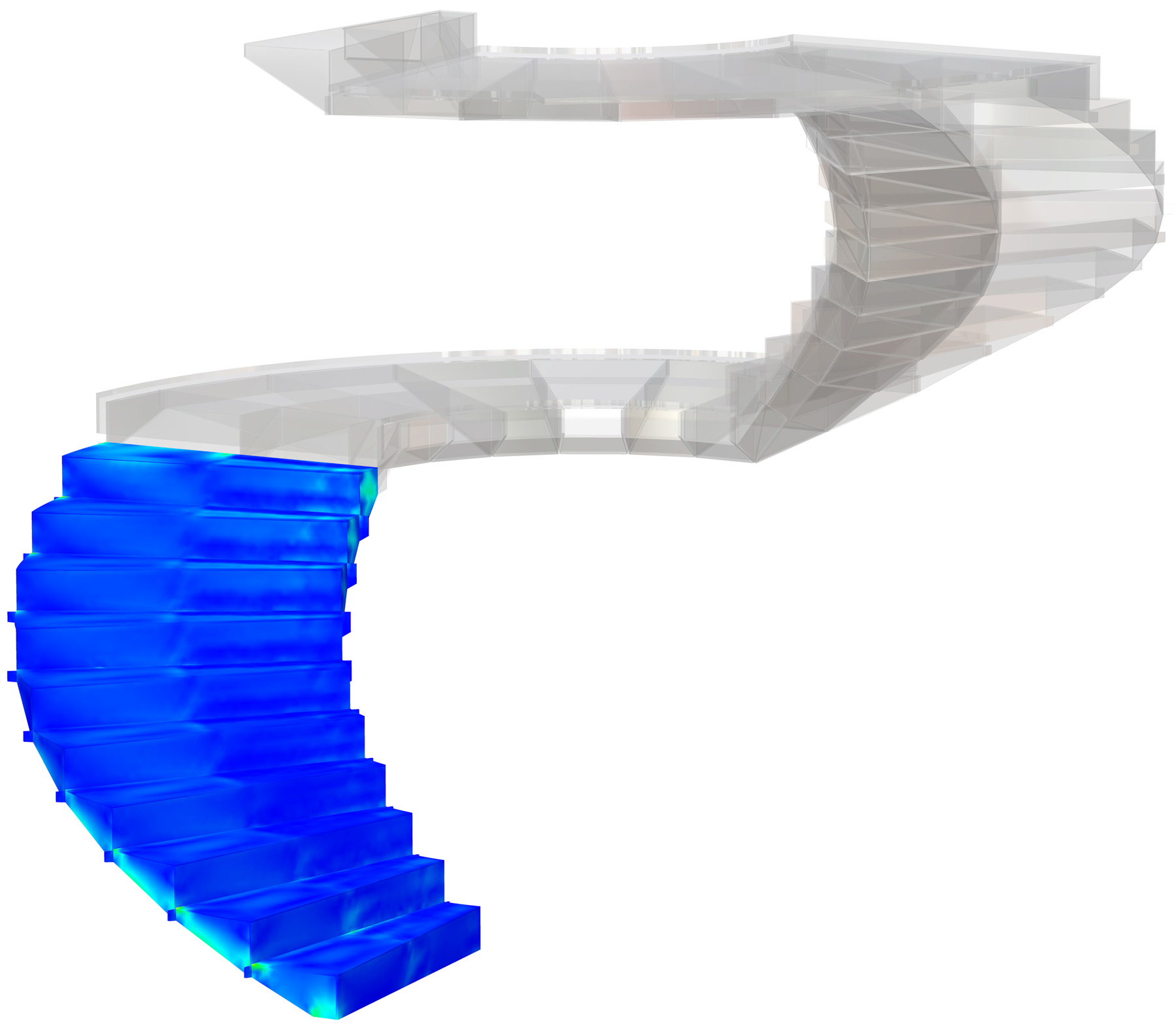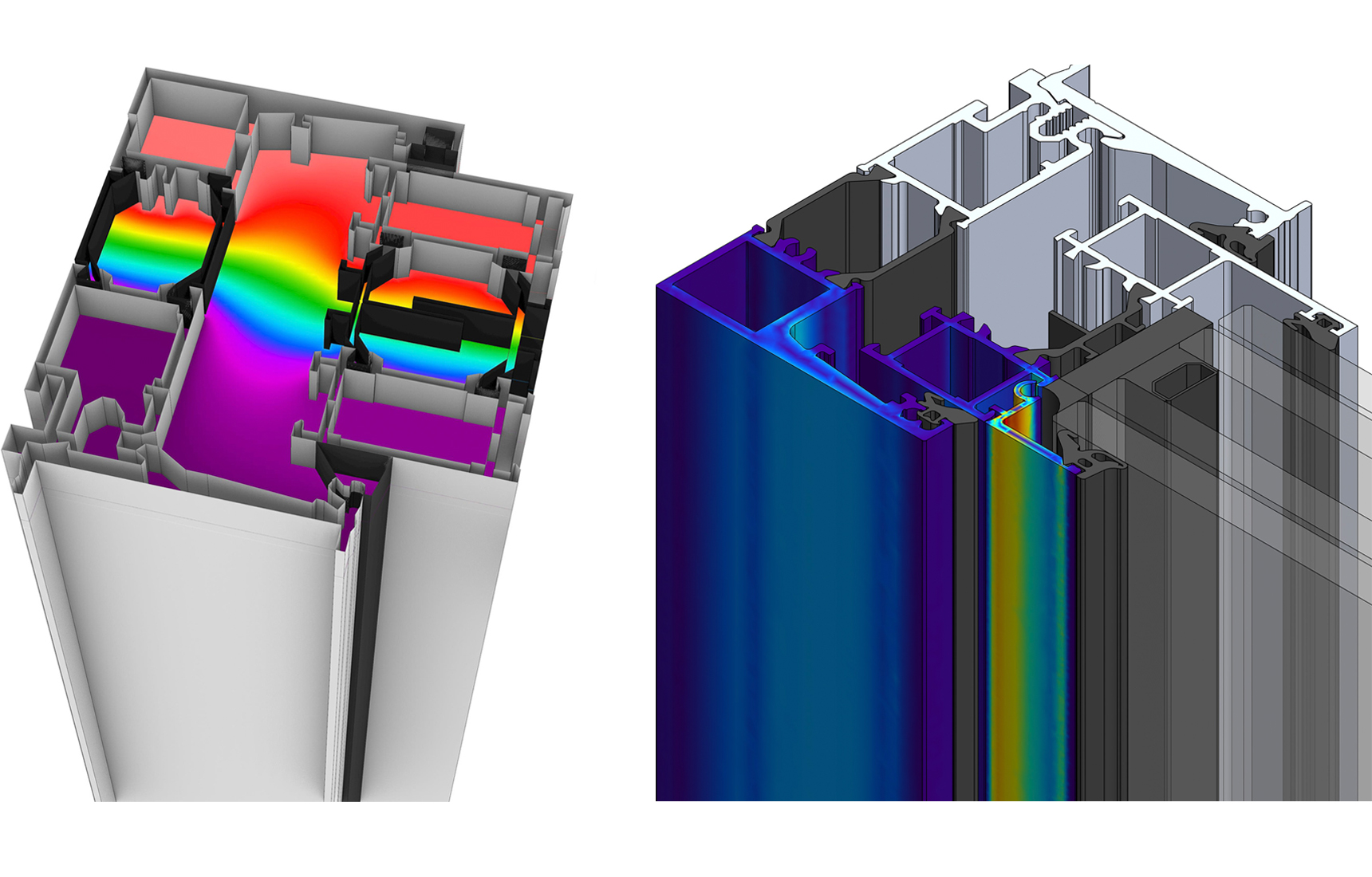Structural Engineering Consulting for Architects
At CRAFT Engineering Studio, our primary role is the support of architectural projects as Structural Engineering Consultants. This typology is the cornerstone of our practice and accounts for the largest proportion of our project work. Our staff’s education and experience in structural engineering is infused with backgrounds in architecture and product design. We are creative and collaborative partners in design, seeking to find a structural solution that speaks to the vision of the architect’s conception. Our architecture workflow is based in BIM that is shared collaboratively in the cloud with both the design team as well as the construction team. Our goal is to challenge traditional methods of project delivery to advance a process that is informed and effective for construction.




